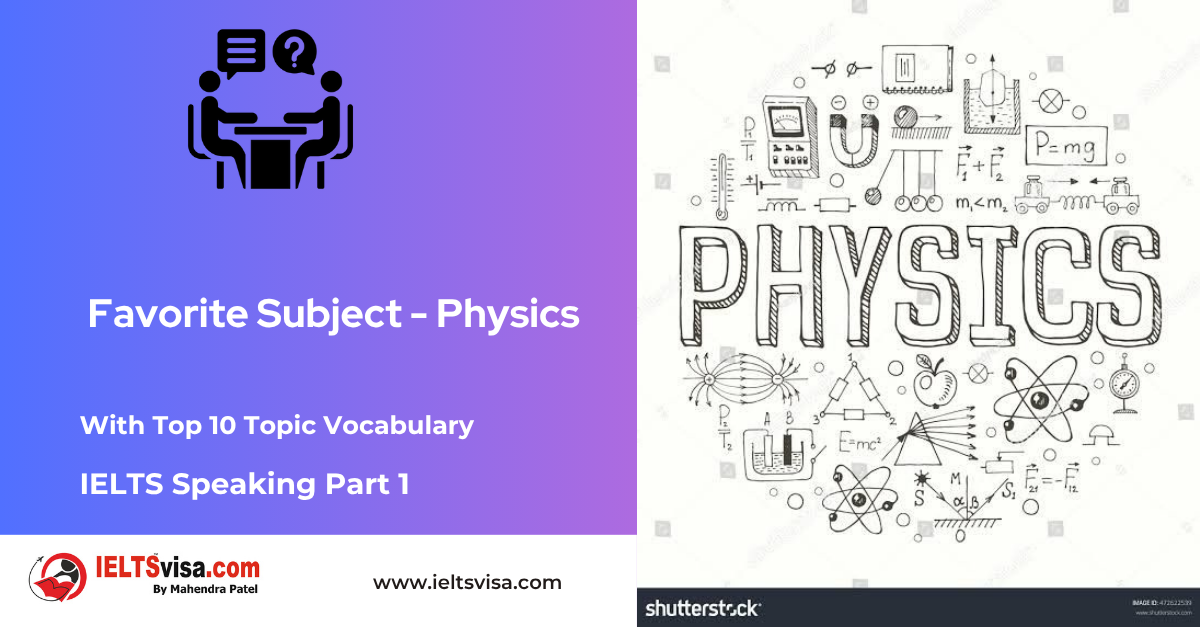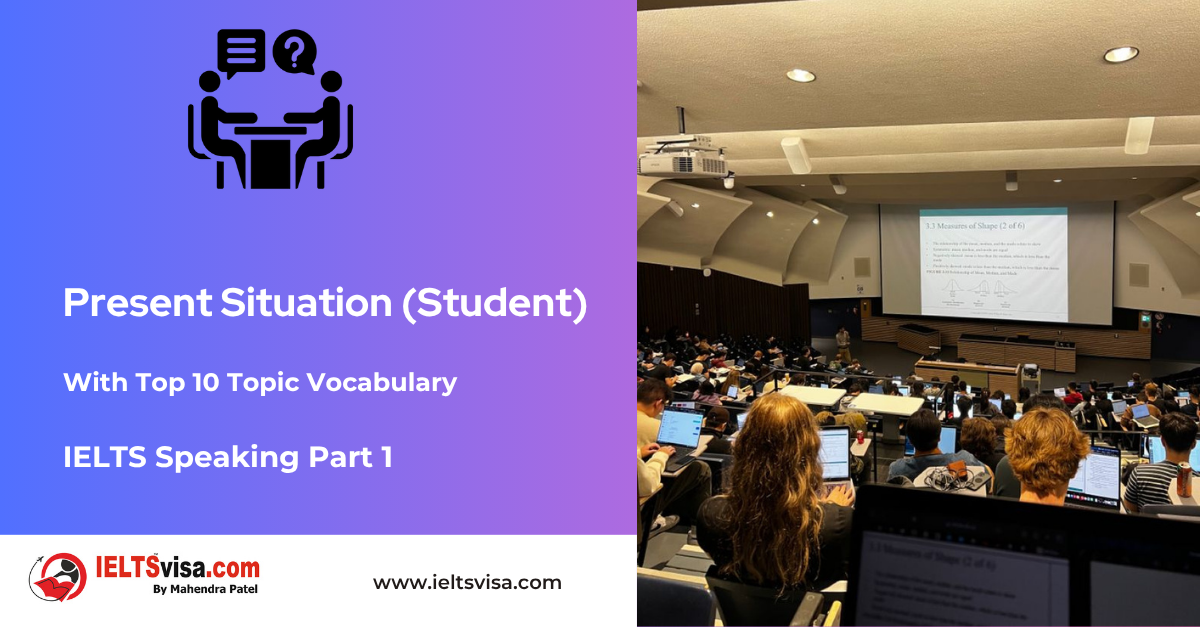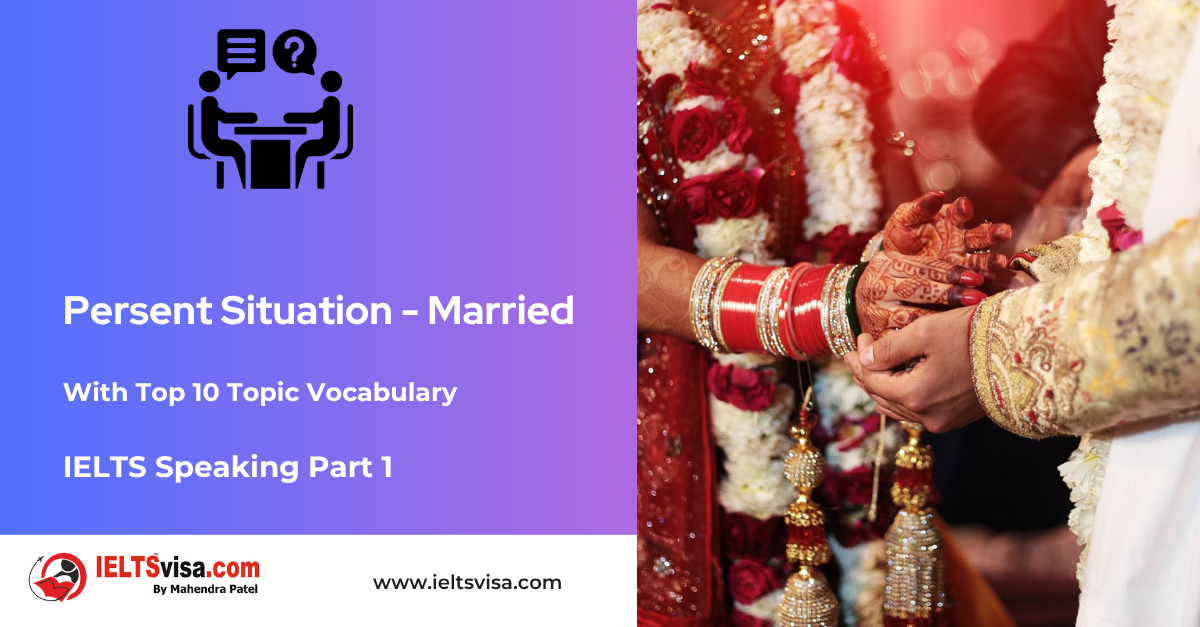Direct and Indirect Objects: Definition, Examples, and Usage
Grammar for IELTS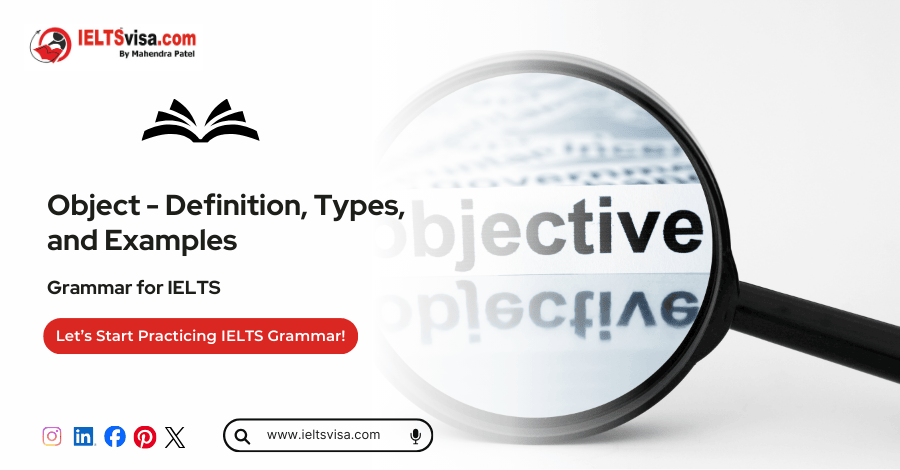
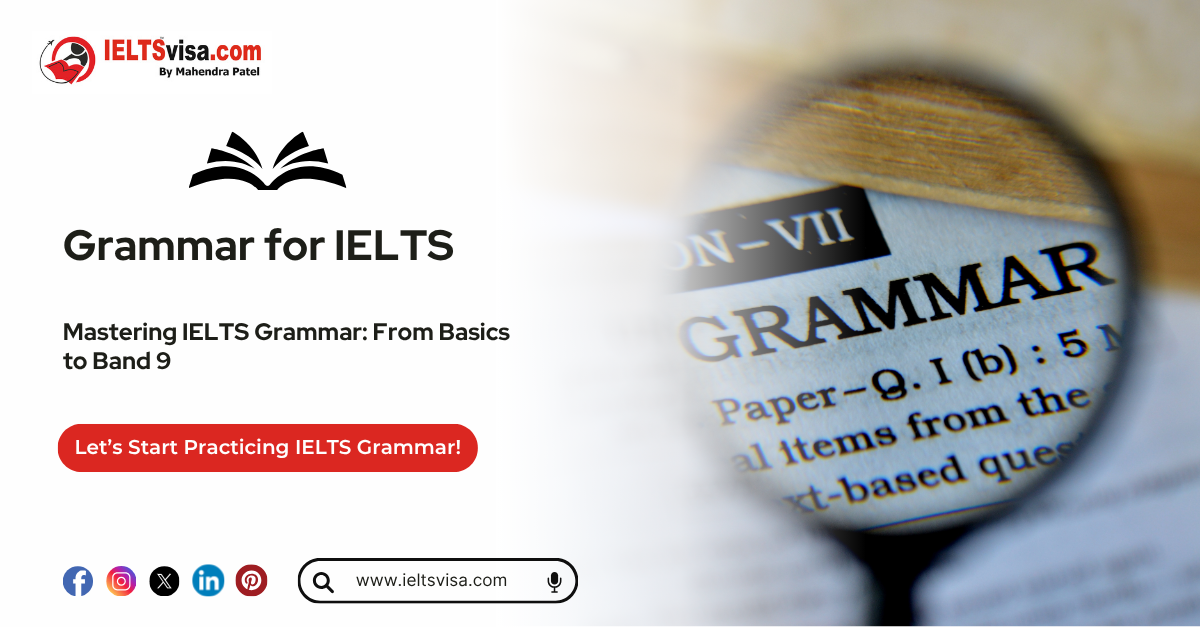
Direct and Indirect Objects: Definition, Examples, and Usage
Objects play a crucial role in English grammar. They complete the meaning of a sentence by indicating who or what is affected by the action of the verb. Among objects direct objects and indirect objects are the two main types. This article will provide an in-depth understanding of their definitions, differences, examples, and functions in sentence structure.
Table of Contents
1. What Are Direct and Indirect Objects?
2. Direct vs Indirect Objects: What’s the Difference?
3. Examples of Direct and Indirect Objects in Sentences
4. The Role of Direct vs Indirect Objects in Sentence Structure
5. Check Your Understanding of Objects in Sentences
6. Frequently Asked Questions on Objects in English Grammar
What Are Direct and Indirect Objects?
Before diving into their differences, let’s define what direct and indirect objects are.
Definition of Direct Objects
A direct object is a noun, pronoun, or noun phrase that directly receives the action of the verb in a sentence. It answers the questions “What?” or “Whom?”
Examples:
-
-
- The cat chased the mouse. (What did the cat chase? – The mouse)
- She wrote a letter. (What did she write? – A letter)
-
Definition of Indirect Objects
An indirect object is a noun, pronoun, or noun phrase that indicates to whom, for whom, to what, or for what the action is performed. It usually appears between the verb and the direct object.
Examples:
-
-
- She gave him a book. (To whom did she give the book? – Him)
- The teacher offered the students extra help. (To whom did the teacher offer help? – The students)
-
Direct vs Indirect Objects: What’s the Difference?
The primary distinction between direct and indirect objects lies in their relationship with the verb and the recipient of the action.
Direct Objects
-
-
- Directly affected by the action of the verb.
- Answer “What?” or “Whom?” after the verb.
- Example: She baked a cake. (Direct object: A cake)
-
Indirect Objects
-
-
- Indicate to whom or for whom the action is performed.
- Often found between the verb and the direct object.
- Example: He gave his friend a gift. (Indirect object: His friend; Direct object: A gift)
-
Key Comparison
|
Feature |
Direct Object |
Indirect Object |
|
Role |
Receives the action of the verb. |
Indicates the recipient of the action or the direct object. |
|
Questions Answered |
What? Whom? |
To whom? For whom? To what? For what? |
|
Example |
She kicked the ball. |
She gave him the ball. |
Examples of Direct and Indirect Objects in Sentences
To better understand these concepts, let’s look at several examples.
Direct Object Examples:
1. I read the book. (What did I read? – The book)
2. They saw a movie last night. (What did they see? – A movie)
3. He painted the wall. (What did he paint? – The wall)
Indirect Object Examples:
1. She gave her sister a present. (To whom did she give a present? – Her sister)
2. We offered the guests some tea. (To whom did we offer tea? – The guests)
3. He wrote me a letter. (To whom did he write a letter? – Me)
Sentences with Both Direct and Indirect Objects:
1. She told him a story. (Direct object: A story; Indirect object: Him)
2. I lent my friend a book. (Direct object: A book; Indirect object: My friend)
3. They sent us an invitation. (Direct object: An invitation; Indirect object: Us)
The Role of Direct vs Indirect Objects in Sentence Structure
Objects are essential for providing additional details about the action and clarifying the relationship between the subject and the verb.
1. Direct Object Placement
-
- Usually follows the verb.
- Example: She cleaned the house. (Direct object: The house)
2. Indirect Object Placement
-
- Typically placed before the direct object if no preposition is used.
- When a preposition like ‘to’ or ‘for’ is present, it follows the direct object.
- Example without preposition: He gave her a gift.
- Example with preposition: He gave a gift to her.
Significance in Sentence Patterns
-
- SVO (Subject-Verb-Object): She kicked the ball.
- SVIODO (Subject-Verb-Indirect Object-Direct Object): They gave their teacher a card.
- SVP (Subject-Verb-Prepositional Phrase): He delivered the package to the office.
Indirect Object
An indirect object answers the questions “To whom?” or “For whom?” the action is performed. It represents the recipient of the direct object.
Characteristics of Indirect Objects:
-
-
- Often placed between the verb and the direct object.
- Can be rephrased using a prepositional phrase.
-
Examples of Indirect Objects:
1. He gave his sister a gift. (To whom did he give the gift? – His sister)
2. She told us a story. (To whom did she tell the story? – Us)
3. They sent their friends an invitation. (To whom did they send the invitation? – Their friends)
Sentence Patterns with Indirect Objects:
-
-
- SVIODO: Subject + Verb + Indirect Object + Direct Object (e.g., She gave her friend a present.)
- ASVIODO: Adjunct + subject + Verb + Indirect Object + Direct Object (e.g., Yesterday, he showed me his project.)
-
Check Your Understanding of Objects in Sentences
Identify the direct and indirect objects in the following sentences. Write your answers.
1. The coach delivered a motivational speech to the players.
2. I sent a message to my friend about the meeting.
3. She bought her mother a beautiful bouquet of flowers.
4. They offered the tourists free refreshments.
5. He told the class an interesting story.
Answers:
1. Direct object: A motivational speech; Indirect object: The players
2. Direct object: A message; Indirect object: My friend
3. Direct object: A bouquet of flowers; Indirect object: Her mother
4. Direct object: Free refreshments; Indirect object: The tourists
5. Direct object: An interesting story; Indirect object: The class
Frequently Asked Questions on Objects in English Grammar
Q1. What is a direct object in grammar?
A direct object is the noun, pronoun, or noun phrase that directly receives the action of the verb. It answers the questions “What?” or “Whom?”
Q2. What is an indirect object in grammar?
An indirect object is the noun, pronoun, or noun phrase that indicates to whom, for whom, to what, or for what the action of the verb is performed.
Q3. Can a sentence have both a direct and an indirect object?
Yes, many sentences have both. For example: She gave her friend a gift. (Direct object: A gift; Indirect object: Her friend)
Q4. How can I identify direct and indirect objects in a sentence?
- To find the direct object, ask “What?” or “Whom?” after the verb.
- To find the indirect object, ask “To whom?” or “For whom?” after the verb.
Q5. Do all sentences have objects?
No, not all sentences have objects. For example, intransitive verbs like “sleep” or “arrive” do not require objects. Example: He sleeps soundly.

Our Books
Master IELTS Speaking Part 1
IELTS Writing Task 1 Book
IELTS Writing Task 2 Book
Practice IELTS Other Modules
IELTS Listening
The IELTS Listening test assesses how well you can understand spoken English in various contexts. It lasts about 30 minutes and is divided into four sections with a total of 40 questions. The listening tasks become increasingly difficult as the test progresses.
IELTS Academic Reading
The IELTS Academic Reading section assesses your ability to understand and interpret a variety of texts in academic settings. It is designed to evaluate a range of reading skills, including skimming for gist, reading for main ideas, reading for detail, understanding inferences, and recognizing a writer's opinions and arguments.
IELTS Speaking
The IELTS Speaking test assesses your ability to communicate in English on everyday topics. It lasts 11-14 minutes and consists of three parts: introduction, cue card, and a discussion based on the cue card topic.
IELTS General Reading
IELTS General Reading tests your ability to understand and interpret various types of texts. Here are some key areas and types of content you can expect to encounter in the reading section, along with tips for effective preparation.
IELTS Academic Writing Task 1
In IELTS Academic Writing Task 1, you are presented with a visual representation of information, such as graphs, charts, tables, or diagrams, and you are required to summarize, compare, or explain the data in your own words.
IELTS General Writing Task 1
In IELTS General Writing Task 1, you are required to write a letter based on a given situation. The letter can be formal, semi-formal, or informal, depending on the prompt. Here’s a breakdown of the key components to include in your letter
IELTS Academic Writing Task 2
In IELTS Academic Writing Task 2, you are required to write an essay in response to a question or topic. Here’s a guide to help you understand the essential elements of this task
IELTS Exam Tips
To succeed in the IELTS exam, practice regularly, familiarize yourself with the test format, improve your vocabulary, develop time management skills, and take mock tests to build confidence.
Grammer for IELTS
Grammar is the foundation of effective communication in English. Understanding tense usage, subject-verb agreement, and sentence structure enhances clarity and coherence in writing and speaking.
Vocabulary for IELTS
Vocabulary plays a crucial role in the IELTS (International English Language Testing System) exam, especially in the Speaking and Writing sections. Here’s an overview of why vocabulary is important and how it impacts your performance
RECENT IELTS SAMPLES QUESTIONS AND ANSWERS
IELTS Speaking Part 1 – Favourite Sujbect – Physics
IELTS Speaking Part 1 - Favourite Sujbect - Physics Q: What is your favourite subject? A: My favourite subject...
IELTS Speaking Part 1 – Present Situation (Student)
IELTS Speaking Part 1 - Present Situation (Student) Q1: Are you a student or do you work?A: I’m a full-time...
IELTS Speaking Part 1 – Present Situation – Employee – as an International Student and Social Worker
IELTS Speaking Part 1 - Present Situation - Employee - as an International Student and Social Worker Q1: Are...
IELTS Speaking Part 1 – Persent Situation – Employee- as an Electric Engineer
IELTS Speaking Part 1 - Persent Situation - Employee- as an Electric Engineer Q1: What do you do for a...
IELTS Speaking Part 1 – Persent Situation – Employee – as an Software Engineer
IELTS Speaking Part 1 - Persent Situation - Employee - as an Software Engineer Q1: What do you do for a...
IELTS Speaking Part 1 – Persent Situation – Married
IELTS Speaking Part 1 - Persent Situation - Married Q1: Are you married?A: Yes, I am married. My spouse and I...

